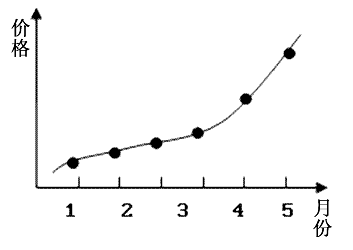The China boom is by now a well-documented phenomenon. Who hasn’t (1) the Middle Kingdom’s astounding economic growth (8 percent annually), its mesmerizing (2) market (1.2 billion people), the investment ardor of foreign suitors ($40 billion in foreign direct investment last year (3) ) China is an economic juggernaut. (4) Nicholas Lardy of the Brookings Institution, a Washington D. C.-based think tank,
" No country has (5) its foreign trade as fast as China over the last 20 years. Japan (6) its foreign trade over a 20-year period; China’s foreign trade as quintupled. They’ve become the pre-eminent producer of labor-intensive (7) goods in the world " . But there’s been (8) from the dazzling China growth story—namely, the Chinese multinational. No major Chinese companies have (9) established themselves, or their brands, (10) the global stage. But as Haier shows, that is starting to change. (11) 100 years of poverty and chaos, of being overshadowed by foreign countries and multinationals, Chinese industrial companies are starting to (12) on the world.A new generation of large and credible firms has (13) in China in the electronics, appliance and even high-tech sectors. Some have reached critical mass on the mainland and are now (14) new outlets for their production—through exports and by building Chinese factories abroad, chiefly in Southeast Asia. One example: China’s investment in Malaysia (15) from $8 million in 2000 to $766 million in the first half of this year. (16) China’s export prowess, it will be years (17) Chinese firms achieve the managerial and operational expertise of Western and Japanese multinationals. For one thing, many of its best companies are still at least partially state-owned. (18) , China has a shortage of managerial talent and little notion of marketing and brand-building. Its companies are also (19) by the country’s long tradition of central planning, inefficient use of capital and antiquated distribution system, (20) makes building national companies a challenge.
(12)处填()
A. make a call
B.make a cry
C. make a mark
D.make a voice
参考答案:C
解析:
搭配辨析题。make a mark意为“给人留下深刻印象”,根据句意,中国公司现在已有所改变,开始给人们留下深刻印象,故选项[C]make a mark正确。其他选项:[A]make a call, [B]make a cry和[D]make a voice均不符合题意。全句可译为:经过百年的贫困和动乱之后,曾在外国和跨国公司面前黯然失色的中国工业公司开始给世界留下深刻印象。

